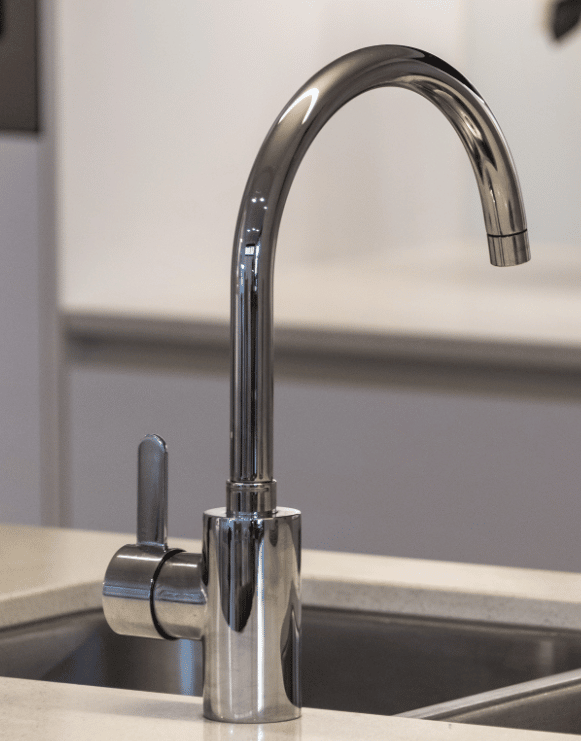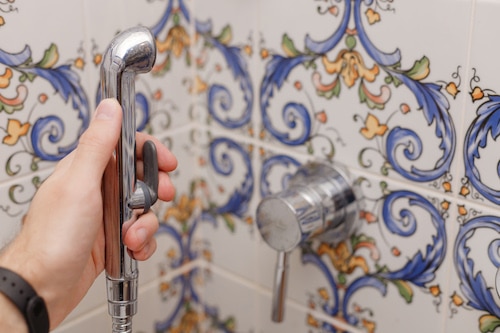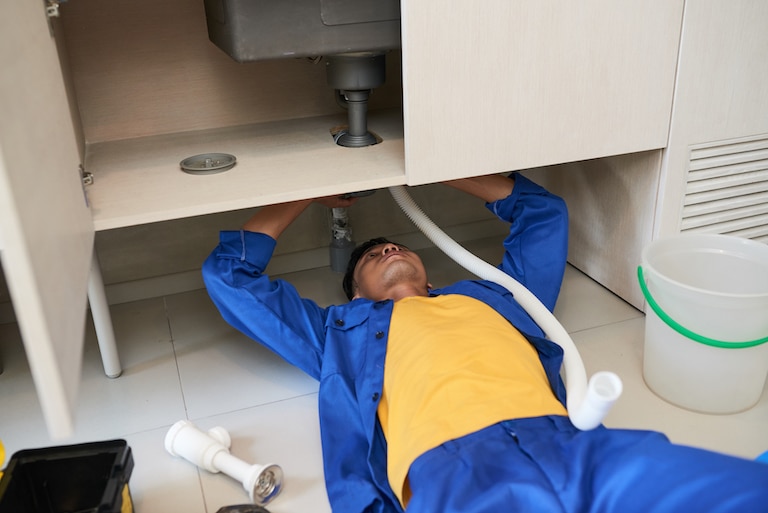How To Bleed Radiators Quickly
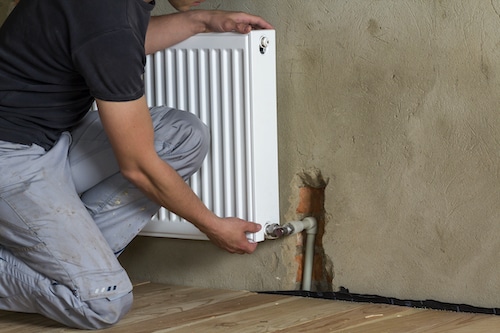
How To Bleed Radiators?
Introduction
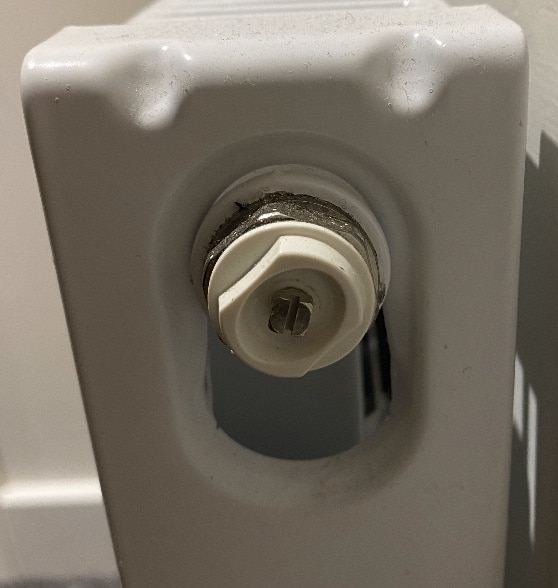
The radiator bleed valve usually looks like this which is usually located on the right side of the radiators
Reasons for Bleeding a Radiator
There are two reasons you might need to bleed radiators: if it’s cold at the bottom but not the top, or if the entire radiator is cold. If it’s just cold at the bottom, that means there’s air in the radiator. Radiators work by circulating hot water from the boiler through metal fins. The heat from the water transfers to the fins and then to the room. If there’s air in the radiator, that transfer of heat can’t happen properly and your whole house will be colder as a result.
Tools Needed to Bleed a Radiator
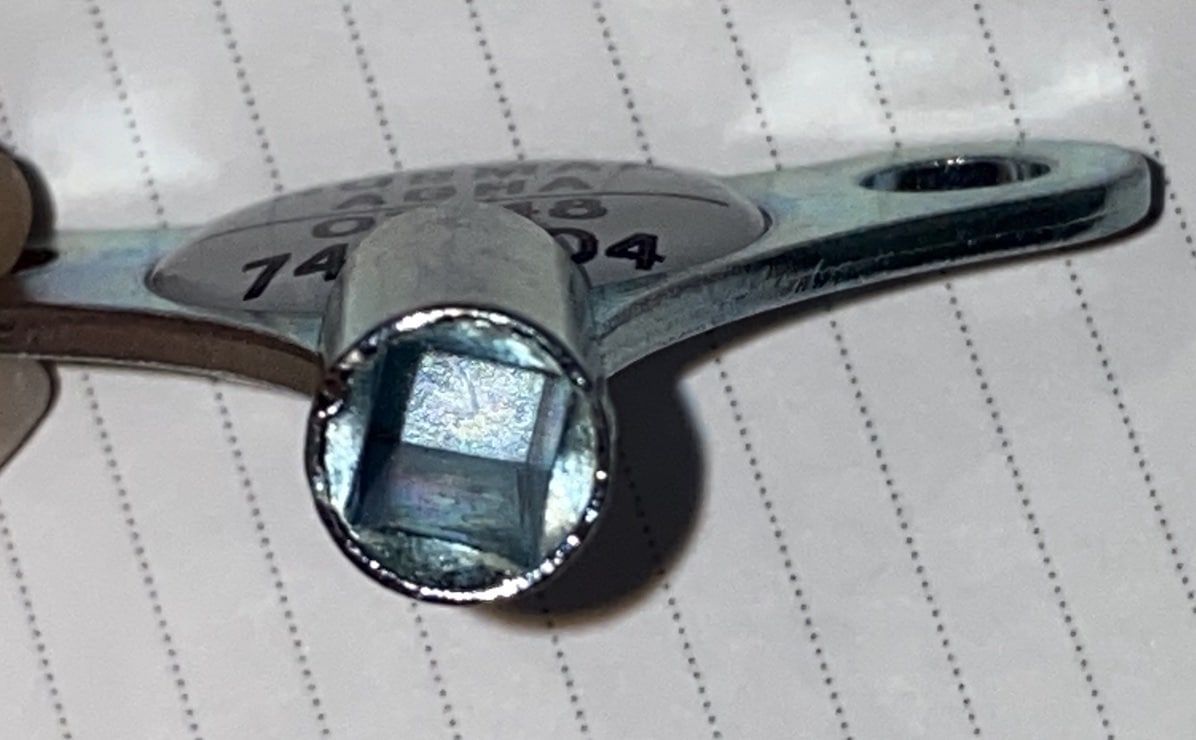
The radiator bleed valve key shape that requires the bleed valve to open
How to Bleed a Radiator
If your radiator is cold at the top but hot at the bottom, then you may need to bleed it. Bleeding a radiator is a simple process that anyone can do with just a few tools.
First, you’ll need to locate the bleed valve on your radiator. This is usually a small valve located near the top of the radiator. Once you’ve found the valve, place a bowl or towel underneath it to catch any water that may drip out.
Now, using a bleeder key or flat-head screwdriver, slowly turn the valve counterclockwise until water starts to drip out. You may need to wait a minute or two for the water to start flowing. Once it does, continue turning the valve until all of the air has been released and only water is coming out.
Once all of the air has been bled from your radiator, close the bleed valve and turn your heating system back on. You should now notice an improvement in heat output from your radiator.
Tips on Bleeding Radiators
1. Start by turning off the heating at the boiler and allowing the radiator to cool.
2. Place a bowl or bucket under the radiator bleed valve to catch any water that comes out.
3. Use a radiator key or bleed screwdriver to slowly turn the bleed valve clockwise until water starts to drip out.
4. Once water starts coming out, continue turning the valve until it runs clear. Then close the valve by turning it anticlockwise.
5. Check the boiler pressure and top it up if necessary. Finally, turn the heating back on at the boiler.
Common Problems and Solutions when Bleeding a Radiator
If your radiator is cold at the top and hot at the bottom, this means that air has become trapped inside and needs to be bled out. The process of bleeding a radiator is simple, but there are a few things that can go wrong. Here are some common problems and solutions when bleeding a radiator:
Problem: The Bleed Valve Won’t Open
If the bleed valve won’t open, it could be because the radiator key is stuck or the valve itself is seized. To fix this, you can try using WD-40 or another lubricant on the key. If that doesn’t work, you may need to replace the bleed valve.
Problem: Water is Coming Out of the Radiator Cap
If water starts coming out of the radiator cap when you try to bleed the system, it means that there is too much pressure in the system. To release the pressure, turn off the boiler and wait for the system to cool down. Once it has cooled, open up the bleed valve until water starts coming out steadily, then close it again. You should then be able to continue bleeding the system as normal.
Problem: You Can’t Get Rid of all the Air in the System
It’s normal to not be able to get rid of all of the air in your system – even after bleeding your radiators multiple times. If you notice that your radiators are still not heating up evenly, you may need to have a power flush carried.
Conclusion
Seek professional plumbing assistance to repair your radiators.
If you require professional help in repairing your radiators or if you have a plumbing emergency, please call Normz Plumbing at 01933 384 684 or contact us via email or contact form here.
You can also get in touch with us via Facebook or Instagram.
Normz Plumbing & Heating Services has years of experience installing and repairing radiators for homes and businesses throughout Northamptonshire including:
Recent Post
Is Your Kitchen Tap Making You Sick? The Hidden Dangers of Germs!
Is Your Kitchen Tap Making You Sick? The Hidden Dangers…
How To Find A Water Leak: 9 Ways To Detect Leaking Water Problems Quickly And Easily
How To Find A Water Leak: 9 Ways To Detect…
What Clients Think About Us?
We guarantee your satisfaction with any plumbing service we provide. If you’re not happy, we’ll return to you and fix it exactly to your satisfaction.

